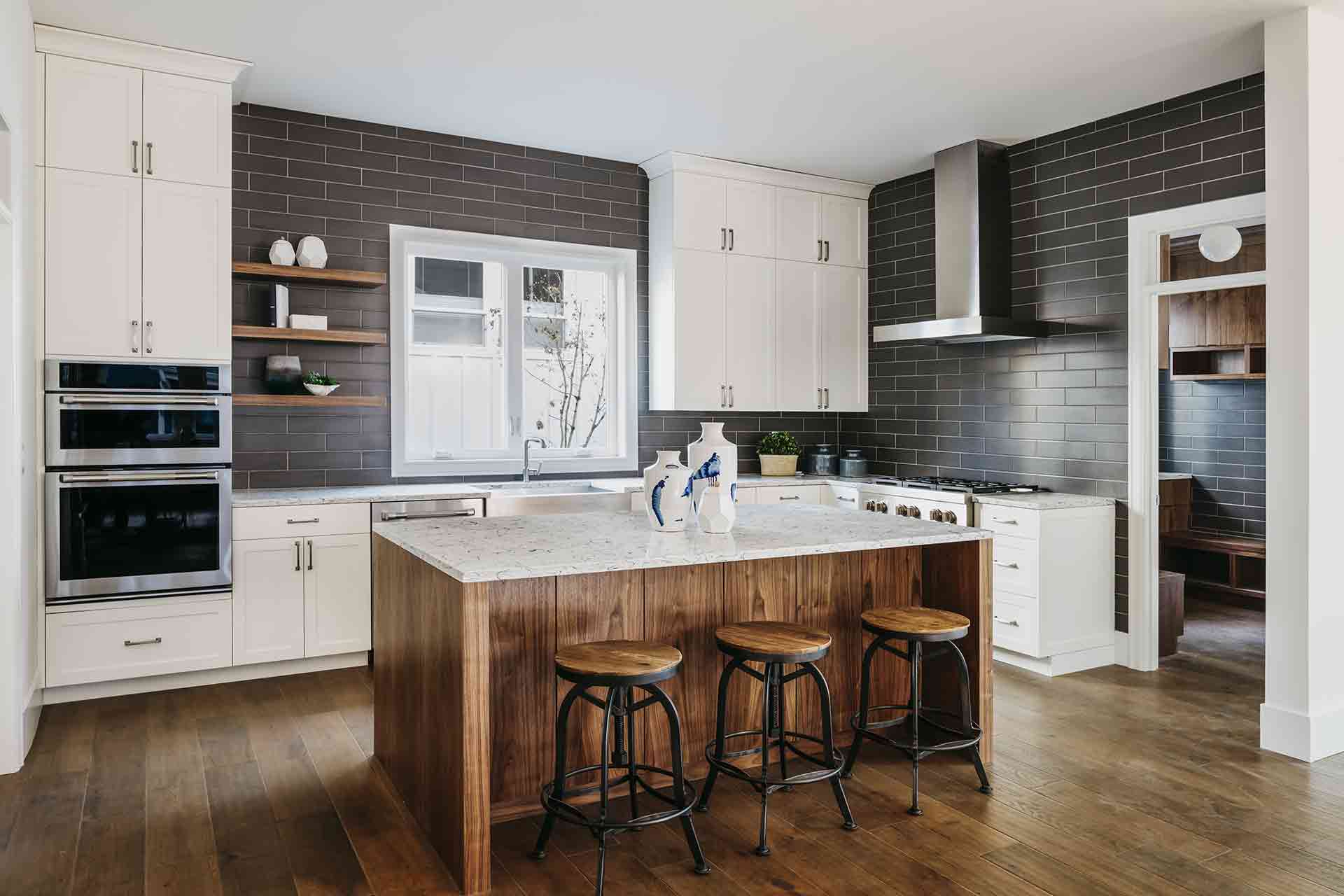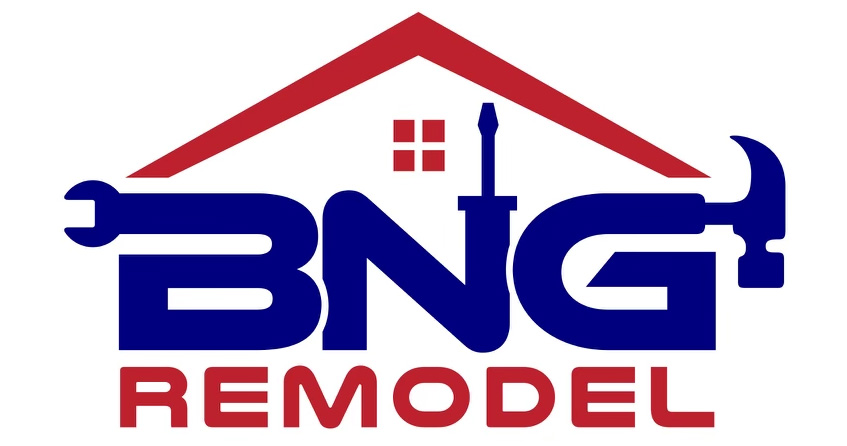Call Us Today For A Free Consultation: 615-525-8464


When we look at professional kitchen remodels, the increase in home value can be significant. Factors like material choice, labor costs, and design trends are essential when undertaking such a project. Calculating returns involves comparing costs with added property value and evaluating total renovation expenses. Thoughtful budget planning, strategic designs, and selecting reputable contractors maximize the renovation value. Adhering to market trends and buyer preferences further boosts your property’s worth. Understanding these factors can help you make informed decisions for a successful kitchen remodel. The key lies in balancing aesthetics with functionality and managing your budget effectively.
When evaluating the potential return on investment (ROI) of a kitchen remodel, it is important to take into account various factors that can significantly affect the overall value added to the property. Material selection plays a vital role in determining the cost-effectiveness of the remodel. Opting for high-quality materials may initially incur higher expenses but can lead to increased property value in the long run. Labor costs are another significant consideration, as efficiently managing these expenses can positively impact the ROI. DIY options present an opportunity to save on labor costs, but expertise and time must be factored in. Moreover, exploring financing solutions can help homeowners undertake more extensive remodels that can yield higher returns.
To accurately assess the returns on a kitchen remodel, comparing the costs incurred with the added value to the property is essential, thereby evaluating the cost versus the value gained. When conducting an ROI analysis, it is vital to consider various budget considerations. By calculating the return on investment, homeowners can determine if the expenses of the remodel align with the increase in property value. ROI analysis involves comparing the total costs of the renovation with the potential increase in the property’s worth.
This data-driven approach allows for an objective evaluation of whether the kitchen remodel is financially sound. Understanding the cost versus value relationship is crucial for making informed decisions when investing in home improvements.
The impact of current design trends on home value can be measured by analyzing market trends and buyer preferences. When contemplating a kitchen remodel, it’s important to align design aesthetics with market demand to maximize the potential increase in home value. Here are three key points to take into account:
Maximizing the value of a kitchen renovation requires strategic planning and a thorough understanding of current market trends. What comes first in kitchen remodeling is budget management. Setting a clear budget from the outset and sticking to it can prevent overspending. Making innovative design choices that balance aesthetics with functionality is vital for long-term value. Selecting a reputable contractor with a track record of delivering quality work on time is key to guaranteeing the renovation stays on schedule and within budget. Timeline optimization is essential to minimize disruptions and ensure a timely completion.
By focusing on budget management, design choices, contractor selection, and timeline optimization, homeowners can maximize the return on investment of their kitchen renovation.

Licensed, Bonded, Insured.